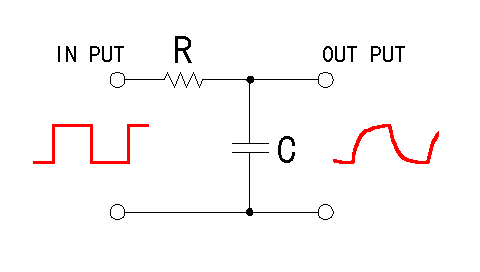Lecture (L5-2) Capacitors
- Due Nov 11, 2021 by 11am
- Points None
Capacitors are another important circuit element. Capacitors store charge, and release it, thus providing a time-varying voltage.
Questions of the Day (Learning Objectives)
-
What applications are capacitors used for?
What is the equation for current-versus-voltage for a capacitor?
Readings & Reference Materials
-
Textbook Chapters 5-2 and 5-4
-
Textbook integral table is Appendix D
RC Circuit Cookbook.docx Download RC Circuit Cookbook.docx
Lecture 5-2 Capacitor Intro.ppt Download Lecture 5-2 Capacitor Intro.ppt (for video lecture below)
Lectures
1. Introduction to Capacitors
Part 1:
https://youtu.be/QwEH8EBVtF4 (Links to an external site.) (CC
Links to an external site.)
(CC
Links to an external site.)
Part 2:
https://youtu.be/NhwhFBcrWro (Links to an external site.) (CC
Links to an external site.)
(CC
Links to an external site.)
Self-Assessment: ECE1250_AssessCaps.pdf Download ECE1250_AssessCaps.pdf
Additional Examples and Explanations
-
Real Analog - Circuits1 Labs: Ch6 Vid1: Physical Inductors & Capacitors Links to an external site.

(CC Links to an external site.)
2. How are they built? How a Capacitor Works - by Dr. Oliver Winn Links to an external site.

(CC Links to an external site.)
3. How capacitors affect voltage and current in electrical systems and how you can use them (or how they can use you!):
Capacitors store charge even after the power is turned off. If you short circuit the capacitor, this will create a current, and that current could go through YOU (ouch!). When repairing a device that has capacitors, be sure to manually discharge the capacitor before working on it.
-
Lightning is effectively a capacitive discharge. A camera flash is created by discharging a capacitor. There is a high voltage transformer circuit and capacitor inside even inexpensive disposable cameras. Here is an example of using the flash circuit to power a Nixie tube. (Did you see him short circuit the capacitor in the last video? The spark is caused by the high current created when you discharge the capacitor across a small resistor. And that is why the video above used a 10k resistor to discharge the capacitor.)
TSP #3 - Camera Flash Circuit and Nixie Tube Tutorial (Part 1/3) Links to an external site.

(CC Links to an external site.)
TSP #3 - Camera Flash Circuit and Nixie Tube Tutorial (Part 2/3) Links to an external site.

(CC Links to an external site.)
TSP #3 - Camera Flash Circuit and Nixie Tube Tutorial (Part 3/3) Links to an external site.

(CC Links to an external site.)
You can use the capacitor's energy storage to create a high voltage pulse (which discharges very quickly) from a simple DC supply using a Marx Generator. Links to an external site.
Or you can use capacitors to stabilize the power in a circuit Links to an external site.. The capacitor can store excess energy when it is available and release it when it is needed, thus reducing sudden changes in the system.
Capacitors can be used to filter frequencies. Here is a low pass filter Links to an external site.that only allows low frequencies to get through. This is often used to remove noise (high frequency signals) from your circuit. This is also an integration circuit. Links to an external site.

And if we rearrange the circuit, it is a high pass filter Links to an external site.that only lets high frequencies get through. This is also sometimes called a 'DC block' because it keeps DC (low frequency) out of higher frequency circuits. This is also a differentiator circuit. Links to an external site.

Capacitors can be used for timing circuits. In Lab 8 we will build an RC piano Links to an external site. (see p8) that uses the capacitor to help control the timing of the wave and hence the pitch of the sound.
Additional Optional Information:
(no audio)
Nice simulation of charges and currents on a capacitor Links to an external site.

Capacitor/dielectric demo
MIT Physics Demo -- Dissectible Capacitor Links to an external site.

In Class
We'll work on the problems from the textbook in HW 5-2
Here's the handout HW C1.docx
RC Circuit Cookbook.docx Download RC Circuit Cookbook.docx
Textbook integral table is Appendix D
 Find Rubric
Find Rubric